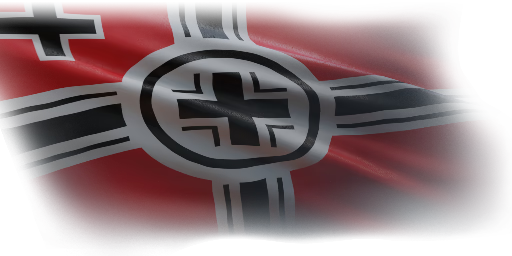
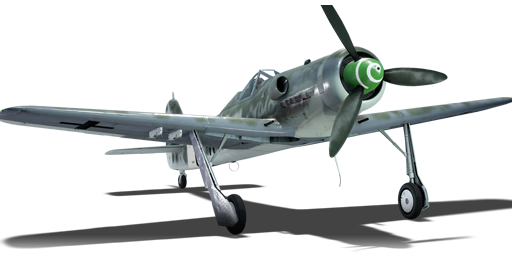
Aviation
Fw 190 D-13
IV
Rank
AB
5.7
RB
5.0
SB
5.3
Battle rating
Germany
Research country
Fighter
Main role
4,880

Purchase

Premium vehicle
Status
General information
Flight performance
Max speed
at 9,700 m
725675758695 km/h
Rate of Climb
17.112.822.712.8 m/s
Turn time
21.623.720.422.8 s
Max altitude
12,000 m
Takeoff Run
316 m
Landing
flaps
flaps
Take-off
flaps
flaps
Combat
flaps
flaps
Air
brake
brake
General characteristics
Crew
1 person
Engine
Length
10.2 m
Wingspan
10.5 m
Wing Loading
235 kg/m²
Weight:
Base weight
3.914.033.814.01 t
Fuel in main tanks
0.39 t (49m)
Limits:
Max Speed Limit (IAS)
912 km/h
Mach Number Limit
0.83 M
G limit
≈ -6/13 G
Flap Speed Limit (IAS)
L / T
310 / 700 km/h
Gear Speed Limit (IAS)
310 km/h
Offensive armament
3 × 20 mm MG 151 cannon
Ammunition
750 rounds
Fire rate
700 shots/min
One-second Burst Mass
1.29 kg
| Belt | Belt filling | Armor penetration (mm) at a distance: | |||||
|---|---|---|---|---|---|---|---|
| 10 m | 100 m | 500 m | 1000 m | 1500 m | 2000 m | ||
| IT/IT/APHE/HEI | 21 | 19 | 8 | 3 | 1 | 1 | |
| IT/HEI/HEI/AP-I | 27 | 24 | 14 | 7 | 3 | 2 | |
| AP-I/HEI/HEI/HEI/HEI/IT | 27 | 24 | 14 | 7 | 3 | 2 | |
| APHE/APHE/APHE/IT | 21 | 19 | 8 | 3 | 1 | 1 | |
| FI-T/FI-T/FI-T/IT/IT | 21 | 19 | 8 | 3 | 1 | 1 | |
| HEI/HEI/HEI/APHE/AP-I | 27 | 24 | 14 | 7 | 3 | 2 | |
Suspended armament
Max weight
710 kg
Wing loading
left / right
Maximum
355 kg
Max. difference
200 kg
| Name | Weight | Slot | ||||||
|---|---|---|---|---|---|---|---|---|
| 2 × | 100 kg | 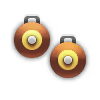 |  | |||||
| 4 × | 200 kg | 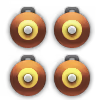 | ||||||
| 250 kg |  | |||||||
| 500 kg |  | |||||||
| 110 kg | 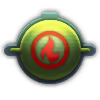 | |||||||
| 225 kg | 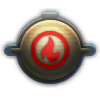 | |||||||
Economy
Repair cost
AB
1,933 

RB
4,413 

SB
6,215 

Crew training
10,000 

Experts
320,000 

Aces
1,100 

Research Aces
1,050,000 

Reward multiplier
AB / RB / SB
 2 x (100 / 230 / 475) %
2 x (100 / 230 / 475) % 
 2 x 172 %
2 x 172 % 

Premium vehicle
All modifications are unlocked
Flight performance | |
|---|---|
Weaponry | ||
|---|---|---|
Rating by players
You must play more than 3 battles for the last week and more than 10 battles in a vehicle to rate it.
Like:
53
Flight performance:
Not enough ratings
Survivability:
Not enough ratings
Aerial combat:
Not enough ratings
Ground attack:
Not enough ratings
Balance:
Not enough ratings
Tips & Tricks
This space is currently empty
Do you know any interesting vehicle features?
Loading...
No articles about this vehicle yet
Become the first author and get rewards!
Write a guide, tell about interesting historical facts, make a tutorial or simply an interesting post.
No more content